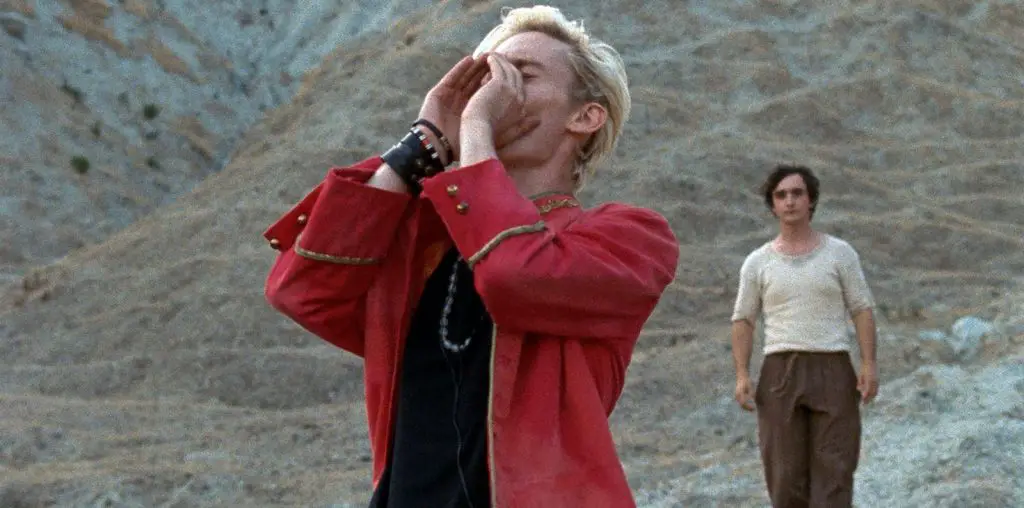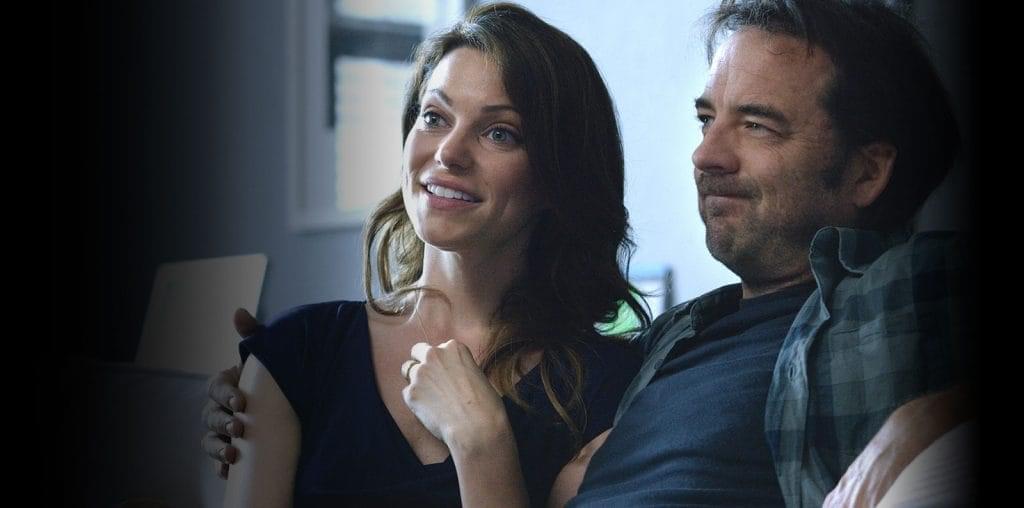
As Dr. Loomis looks up into the black Halloween sky, he can almost see the demon in front of him. “He Came Home,” the crazy Doctor mutters to the audience. Right. “I spent eight years trying to reach him, seven more trying to make sure he was locked away,” Loomis pleads. The thing he’s talking about is Michæl Myers, his most dangerous patient, and one of the scariest villains in movie history, as shown with a fleshy William Shatner mask on. Of course, all of this is contained into arguably, the greatest horror film of the past thirty years.
“Halloween” is a creepy and terrifying film experience. For anyone who hasn’t seen it, the description of the villain above is all that should be said. There is a boy, yes, with an angelic face, and back in 1963, he stabbed his sister to death, then was taken to a psychiatric hospital where almost fifteen years later he escapes and returns to his hometown to wreak havoc. His psychiatrist, Dr. Loomis(Donald Pleasence)follows him to the town, feeling responsible for his capture and any dead bodies that pile up along the way.
Whatever happened to John Carpenter? What was the last good film he ever made? Perhaps it was “Starman,” made more then fifteen years ago. That film emphasized human characters over hardware, and in a way, so does “Halloween.” The characters in the film, namely the three teens(Jamie Lee Curtis, P.J. Soles, Nancy Loomis) don’t overact in any way. These aren’t meaty roles, Academy Award roles, they’re not meant to be, and they’re played as normal teens, making the terror all the more visceral. Pleasence, the old veteran, gets the showy role, with a devilish Fu Manchu beard that adds an occult ring to the film which though unintended, reinforces the underlying supernatural element to the story.
It’s early in the film that Carpenter announces himself as a great director. It’s when the girls are walking home from school and they’re stalked by the unseen killer who pops in and out of view. Carpenter uses lighting on the trees and on the character’s faces. Notice the shades on the track. The sunlight is dark and creepy, the trees are tinged with shadows. How rare is it that a horror film can scare us during it’s daylight scenes? Carpenter also has a ball with the infamous False Alarm scenes. You know the one: the character opens the door, sees nothing and relaxes, then opens the door again and bam, the monster gets them. Carpenter fills the scenes with some very interesting bait. He moves the camera around, so we’re never sure from where the monster will attack, and he does it so often, that we’re pleasantly surprised. Carpenter uses the False Alarm without us seeing the monster, so that when he does finally leap out of the camera, it’s a genuine surprise. These are the two most important techniques in the film.
Then the killing begins, and it’s a terrifying rampage. The killer in the film is so murderous and cold-blooded that there’s a real fear generated, not the sick, artless farrago of the countless “Halloween” imitations and indeed, the “Halloween” sequels, of which this film is immeasurably better.
The supernatural aspect of the film is neat and adds a cool goblin text to the film. You see, the killer, Michæl Myers, is possessed by voices that command him and drive him to kill. When he gets killed in the film, the evil spirits bring him back. That’s cool. It suggests that the Boogeyman is indeed real. “What’s the boogeyman,” Jamie Lee Curtis’ heroine wonders? When the Doctor looks out the window and sees that the killer’s body is missing, he has no answer, and “Halloween” is one of the true godfathers of the horror genre. Every small town needs a psycho killer.

